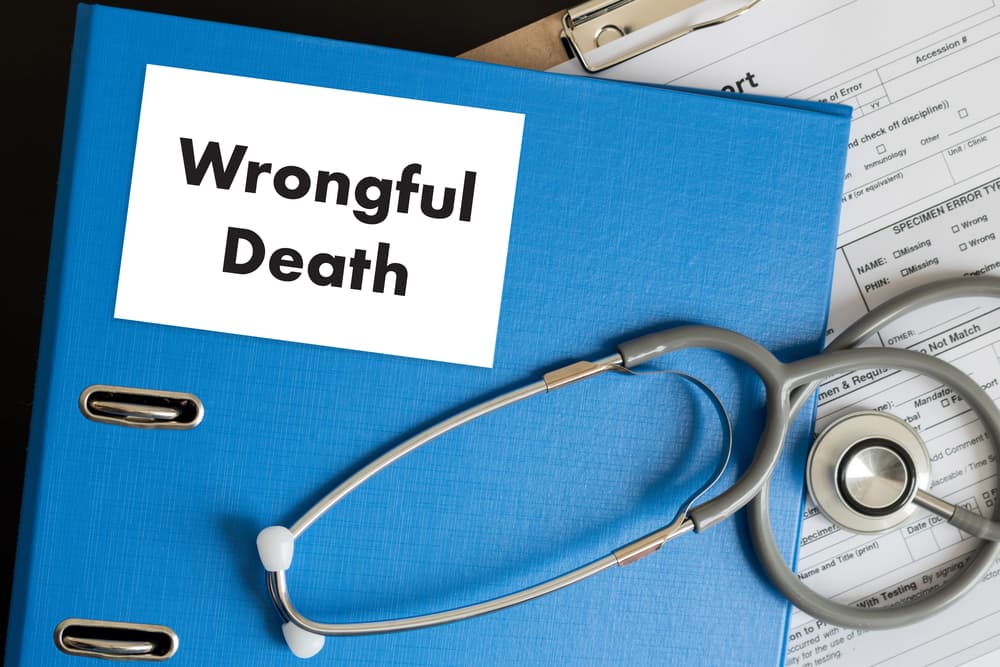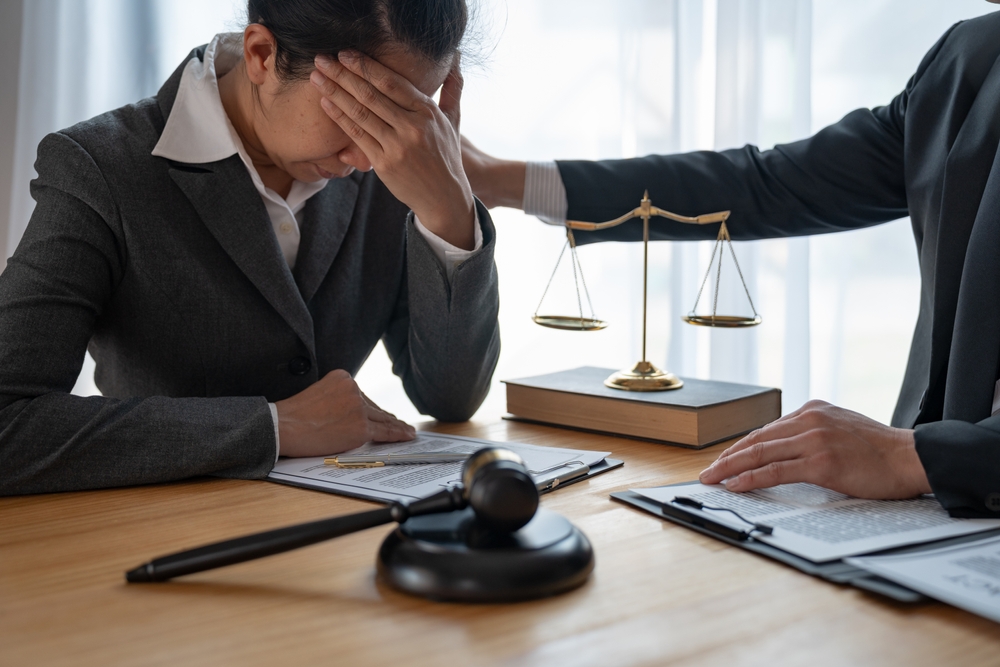
Understanding the concept of the right of way is crucial when it comes to pedestrian accidents. As a pedestrian, you have certain rights and responsibilities on the road. Knowing and asserting your rights can help protect you in case of an accident.
A pedestrian’s right of way is often unclear in many accidents, yet there are certain places where pedestrians will always have the right of way. Even if they do not, drivers must still exercise some degree of care when a pedestrian is nearby. However, many motorists do not know pedestrian laws, as manifested by their dangerous behavior. Failure to understand the law is not an excuse when a negligent driver injures a pedestrian.
You need the help of a pedestrian accident lawyer to prove that you had the right of way under the circumstances, and that the driver failed to yield when the law required them to do so. These showings are prerequisites to getting financial compensation for your pedestrian accident injuries. If you cannot prove these, you may end up with nothing after a pedestrian accident.
While hiring a pedestrian accident attorney does not guarantee that you can prove fault, it does increase your chances of receiving total financial compensation for your injuries. A lawyer with experience in pedestrian accidents can make all the difference. They can protect your rights and ensure you receive the compensation you deserve.
Time is of the essence when you need legal help after a pedestrian accident. If you wait too long to hire a lawyer, it can become impossible to put yourself in a position to receive a settlement check for your injuries, or win your case if you have to go to court.
Types of Pedestrian Crossings
Pedestrian crossings can exist in many places, including:
- A marked crosswalk, either in the middle of the road or at the intersection;
- An unmarked crosswalk that connects two sides of the road that cross at a right angle;
- Traffic signals and stop signs; and
- Other traffic control devices.
Pedestrians Have the Right of Way at Marked and Unmarked Crosswalks

All crosswalks are legally the same. Pedestrians have certain rights when they cross the street, and drivers must observe them. Otherwise, the driver is liable for any damages that they cause in a pedestrian accident.
A pedestrian always has the right of way in a marked and unmarked crosswalk. A marked crosswalk has lines on the road to indicate its presence. A driver is supposed to look as they approach a marked crosswalk to see if a pedestrian is already in it. Once the pedestrian has entered the crosswalk, it signals they are attempting to cross the street. The driver must yield the right of way until the pedestrian finishes crossing the street.
There may be times when there is no marked crosswalk on the road, but it does not mean you are at fault for the accident. You have the same right of way at an unmarked crosswalk as a marked one. An unmarked crosswalk is when a crosswalk is a logical extension of the sidewalk. Here, the pedestrian can legally cross despite no lines or signs, and the driver must yield to the person trying to cross the street. Unmarked crosswalks usually occur at many intersections, but do not happen in the middle of the street.
Motorists Must Proceed with Caution at a Green Signal
Drivers do not have an unlimited right to proceed anywhere they want on a green signal. Even if they have a green light, they must still check any crosswalks or intersections to see if a pedestrian is already in a crosswalk. For example, the pedestrian may have entered a crosswalk with a green signal but have yet to finish crossing the road. Here, there is an open question about who has the right of way, but a pedestrian certainly cannot stop in the middle of the street if they did not finish crossing before the light changed.
Drivers also do not have the right of way to turn on a green signal when a pedestrian is crossing the road. Drivers hitting pedestrians when making a right-hand turn is a common accident. If the pedestrian has a walk signal, their rights are paramount; the driver must wait to turn until the pedestrian has crossed the street. When someone hits a pedestrian while making a right-hand turn, the driver is usually to blame for the accident unless the pedestrian begins to cross after the driver has started to make their turn into the intersection.
Pedestrians Should Not Attempt to Cross on a Red Signal

Sometimes, signals at an intersection tell pedestrians when they can cross. If the signal is red, pedestrians do not have the right of way. The driver has the right to proceed, and they must yield to them. If a car strikes a pedestrian while crossing the street on a red pedestrian signal, the pedestrian is at fault. It does not matter that they may not have seen the vehicle coming; a red signal means they cannot cross until it turns green.
There are still some restrictions on what a pedestrian may do when trying to cross the street. For example, they cannot suddenly dart into the middle of the road. If a pedestrian is crossing at a crosswalk, they cannot stop in the middle before they are safely on the other side of the road. They also cannot walk out into the path of an oncoming vehicle.
Drivers Must Still Use Care When There Is No Crosswalk
There are also questions about what a pedestrian can do when crossing the street without a crosswalk. In this case, the pedestrian must give the driver the right of way. Usually, they should only cross where there is a crosswalk or a signed traffic signal. If it is not practical to cross in that area (perhaps when there is no intersection in the vicinity), the pedestrian must yield the right of way to a driver. If a pedestrian suffers an injury in one of these accidents, the driver may not be entirely at fault. However, a driver can also bear some blame for the crash in these circumstances, namely if they were speeding or driving recklessly.
Regardless of whether you were the one who had the right of way, it always helps to check in with a pedestrian accident lawyer to learn whether you may have a legal case. Even if you did not have the right of way, the driver may be the one to blame because they were driving drunk or recklessly. Depending on the laws of your state, you may even have the legal right to compensation when the driver was partially to blame for the accident.
However, whether you had the right of way is not always straightforward. If the driver fails to stop at a crosswalk, there will be few questions about liability (or at least there should be). Many pedestrian accident cases involve more complex fact patterns where the right of way is unclear. For example, it may be arguable whether you were already in the crosswalk when the driver passed through it.
You Must Prove Negligence to Win a Pedestrian Accident Case

If a car struck you or a loved one when you had the right of way, you may have the legal right to significant financial compensation. Still, you must prove that you had the right of way, and that the driver was at fault. The insurance company will often try to find a way to claim that the pedestrian was at fault.
You need to present evidence that shows you had the right of way and the driver failed to yield. What happens in any pedestrian accident is not always cut-and-dry, and much depends on the facts and circumstances of the situation.
In any pedestrian accident case, you have the obligation to prove your claim by a preponderance of the evidence, meaning that the facts you allege are more likely than not to have happened. You do not need to prove your case beyond a reasonable doubt, but you still need a critical mass of evidence before the insurance company may make you a settlement offer.
How a Pedestrian Accident Attorney Can Help Prove Your Case
When you hire a pedestrian accident attorney, they will gather evidence about what happened to prove your case. They may use the following forms of evidence:
- Testimony from eyewitnesses who saw the accident;
- Pictures of the scene of the accident;
- Traffic signal or dashcam footage from drivers who were in the area;
- Testimony from an accident reconstruction expert;
- The police report from the accident.
Pedestrian accidents often require a close visual inspection of the scene in the days after the accident, especially when liability may hang in the balance. A pedestrian accident lawyer has experience and can conduct this type of investigation. They may even work with expert witnesses to recreate the accident, especially if the insurance company is trying to blame the victim.
How Your Attorney Values Your Pedestrian Accident Damages
You may have the right to significant pedestrian accident compensation if you can prove your case. Chances are that you or your loved one suffered severe injuries in the accident because there was nothing to protect you from the impact of the car. Your pedestrian accident compensation directly ties to the nature and severity of your injuries.
Your pedestrian accident compensation may include the following:
- Medical expenses;
- Lost earnings;
- Pain and suffering;
- Emotional distress;
- Loss of enjoyment of life; and
- Scarring and disfigurement.
If your loved one died in a pedestrian accident, your family can file a wrongful death claim. Your damages will reflect what your deceased loved one meant to the family.
After filing a claim, your pedestrian accident lawyer may negotiate with the responsible driver’s insurance company. Alternatively, your pedestrian accident attorney may file a lawsuit on your behalf, seeking compensation directly from the driver. Here, the insurance company will defend the motorist, likely settling the claim. If not, a jury will decide whether the driver is liable for the accident and how much compensation they must pay you for your injuries.
In any event, you need to prepare to hold out for what you deserve if you have suffered an injury in a pedestrian accident case. You may find that insurance companies will raise their offer over time when they are under pressure from your pedestrian accident lawyer. Insurance companies do not want to end up in court, so they may become more reasonable when they see someone on your side who can hold them accountable through a lawsuit.
Hire a Pedestrian Accident Lawyer Now to Fight for You
You need to hire a pedestrian accident lawyer for your case as soon as possible. Tending to your physical health is only one of the things that you must do after the accident. A pedestrian accident attorney works to establish fault for the accident and estimate the amount of your damages. They will also advocate for you when dealing with an insurance company or the court. One of the many benefits of hiring a pedestrian accident attorney is that you take no financial risk. You only pay a pedestrian accident lawyer if you receive any money for your injuries.
Your personal injury lawyer will work for you on a contingency fee basis, meaning they only get paid if they win your case. This arrangement allows them to provide legal services to accident victims without adding financial burden to an already stressful situation.
Retaining an attorney who understands pedestrian accidents can make a significant difference in your case. They can advocate for your rights and ensure you receive the proper compensation for your injuries and losses while you focus on your recovery. Your attorney will handle the legal aspects of your case, from gathering evidence to negotiating with insurance companies on your behalf. Contact Fields Injury Law as soon as possible and let them handle the details of your case so you can focus on healing and moving forward.

